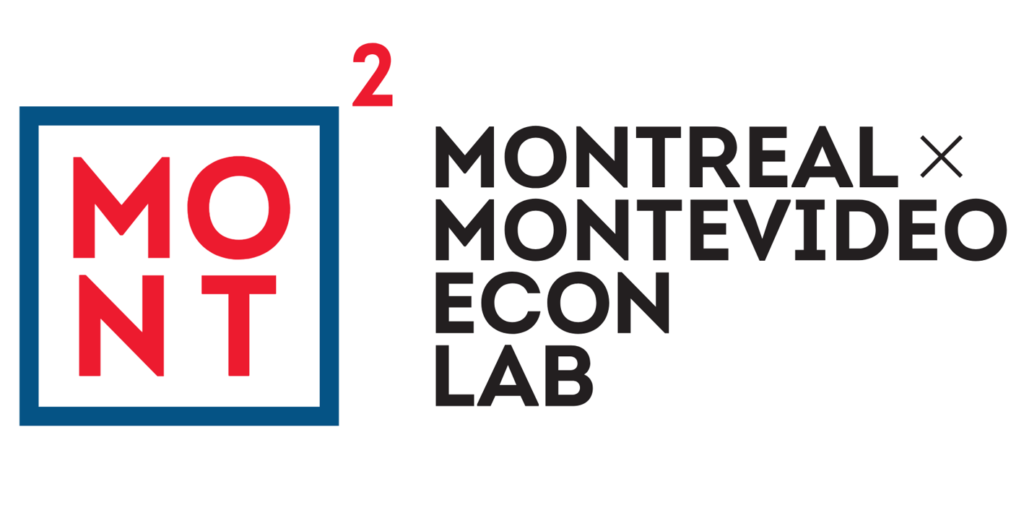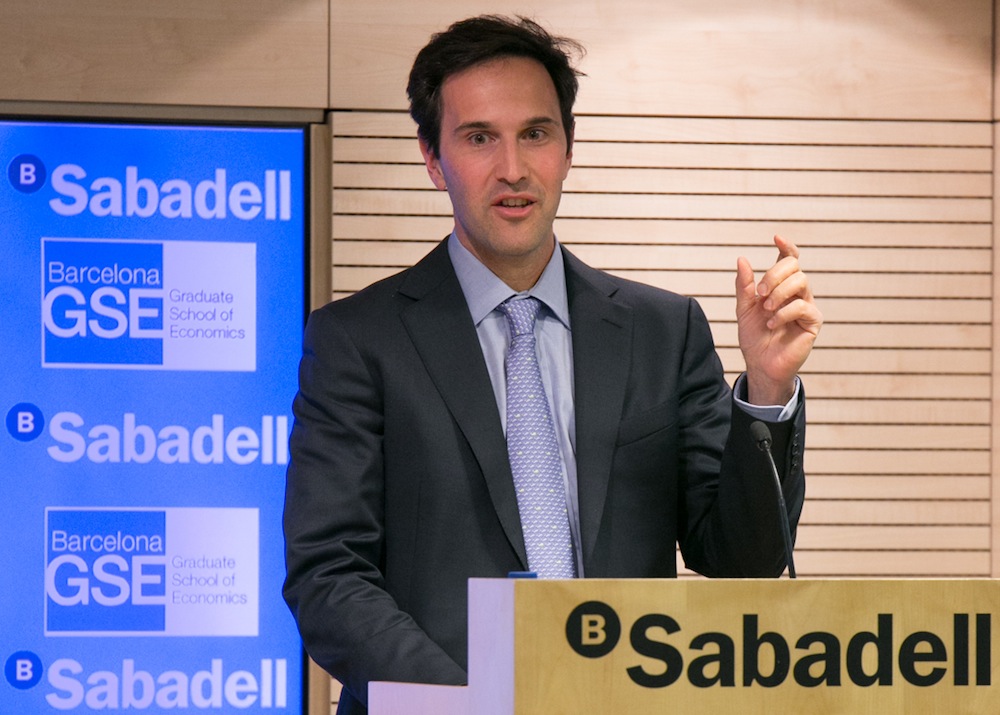
A pair of Barcelona GSE Alumni and their frequent co-author and friend have recently launched a new research centre to provide a platform for their vision of ideal research collaboration and to bring those learnings to a wider audience. This venture is Mont^2, the Montréal x Montevideo Econ Lab.
This initiative was not without its challenges despite appearing to be an easy path for a group of friends and co-authors from the outside. Its genesis happened just before the COVID-19 pandemic struck both Canada and Uruguay, where the founders are based (not to mention the rest of the world) forcing them to adapt their plans for the launch of a physical working group to an online one.
Francesco Amodio ’10 and Giorgio Chiovelli ’11 are Economics Program alumni and became firm friends after meeting as TA and student in an econometrics class. They began collaborating during their respective PhD’s, Francesco at UPF and Giorgio at Bologna in Italy. After graduating and starting their careers in Montréal and Montevideo respectively, they included a third member into their collaborative efforts, Serafín Frache, and started laying the groundwork for what would ultimately become Mont^2. Serafín had local knowledge of Uruguayan administrative data and its potential to answer exciting economic questions. From these roots, the three researchers began thinking about their long-term career plans and how they can make an impact on their communities and give back to their respective local communities and the wider academic and policy-world.
It is with this foundation that Mont^2 was created. The professors applied to Social Sciences and Humanities Research Council (SSHRC) for seed funding to utilise the unique Uruguayan data and begin building the infrastructure of Mont^2.
They also aim for the lab to structure the mentorship of the professors’ current and future pre-doctoral research assistants. This would give them the tools to work with big data and be prepared for their future careers where this skill is in demand, whether in academia or the private sector. The trio also want to bring attention to the role academic research has to play with policy-making institutions regardless of where they might be located.
Mont^2 has just been launched, but already they are hard at work on a handful of projects with RAs already enlisted. It is a working environment meant to provide a formalised structure to the growing network of researchers and collaborators that began with Francesco, Giorgio and Serafín but now stretching far beyond. The hope is for Mont^2 to strengthen their ties with policy institutions and begin to promote best practices when dealing with confidential government big data.
Connect with the founders

Francesco Amodio ’10 is an Associate Professor, McGill University. He is a co-founder of Mont^2 and an alum of the Barcelona GSE Master’s in Economics.

Giorgio Chiovelli ’11 is an Assistant Professor, Universidad de Montevideo. He is a co-founder of Mont^2 and an alum of the Barcelona GSE Master’s in Economics.

Serafín Frache is an Assistant Professor, Universidad de Montevideo. He is a co-founder of Mont^2.
This post was written by Maximilian Magnacca Sancho ’21 (ITFD) and edited by Ashok Manandhar ’21 (Economics).






